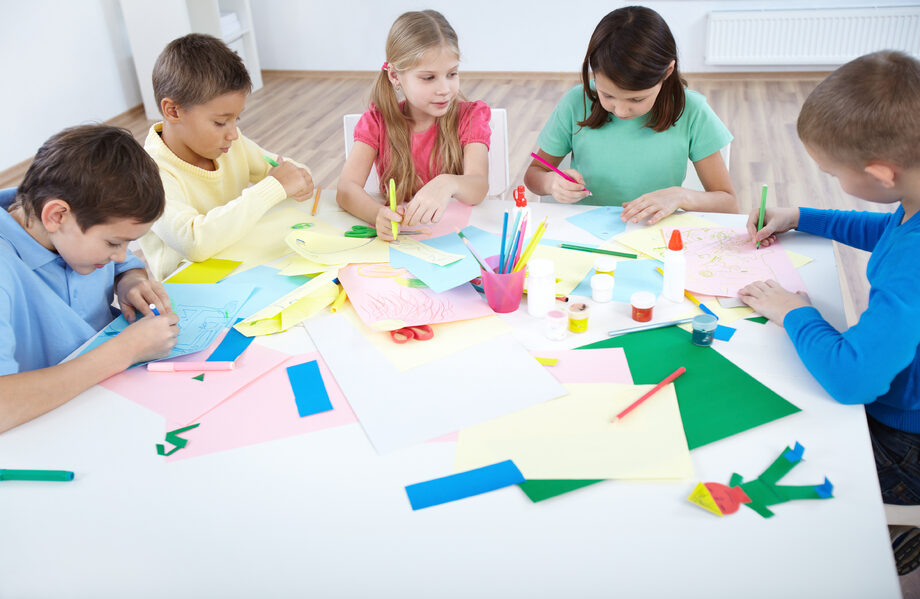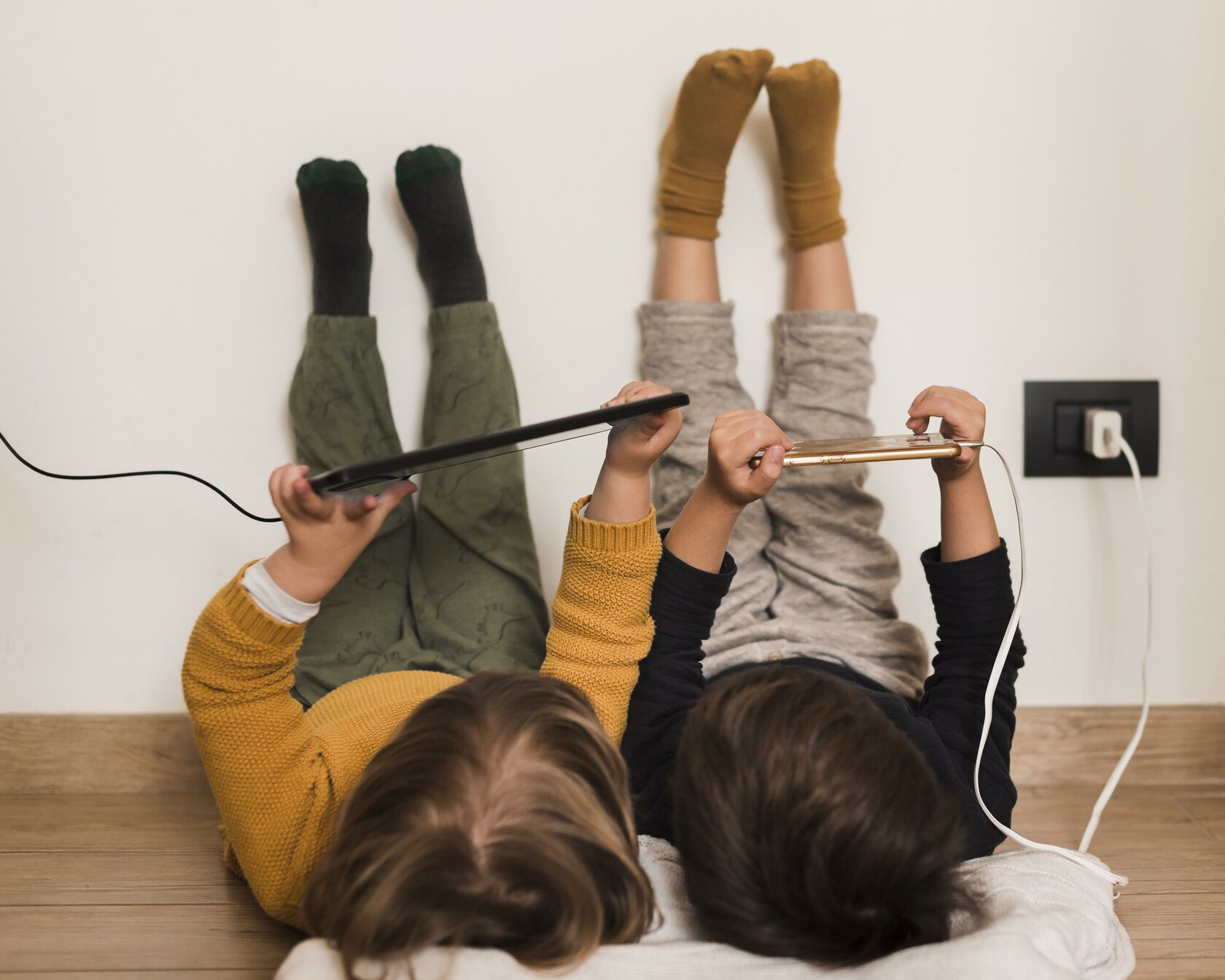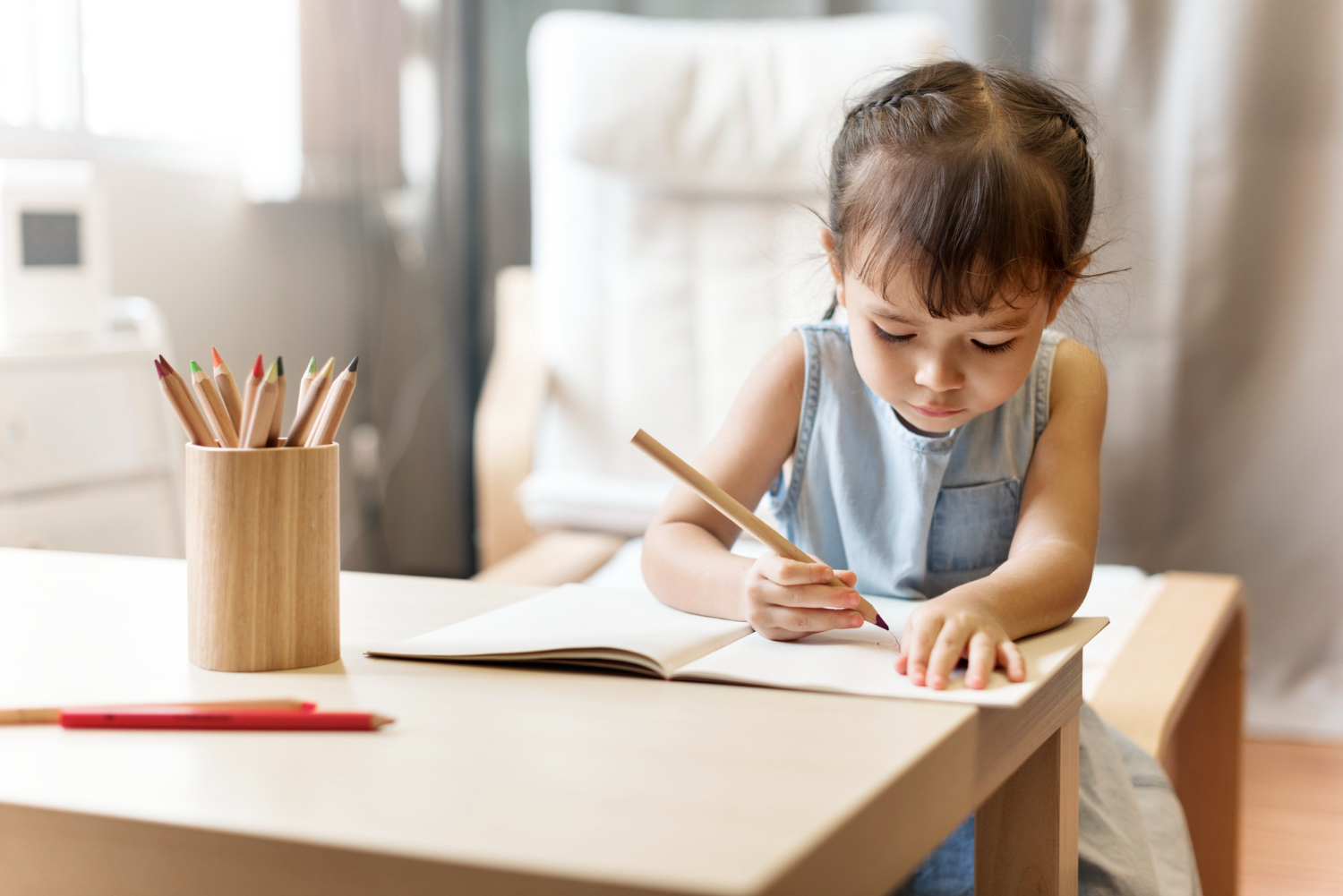Developing Sustainable Minds: An Early Childhood Approach
As we usher in a new era of consciousness, sustainability is a concept that’s no longer reserved for the scientific community or policy makers. It’s a crucial area of understanding that even our youngest generation can and should explore. According to renowned early childhood education specialist Jean Piaget, children as young as three to four years can begin grasping fundamental concepts, and sustainability should be no different (Piaget, 1962).
The United Nations’ 17 Sustainable Development Goals (SDGs) provide an international blueprint to achieve a better and more sustainable future for all. The goals are vast, addressing poverty, inequality, climate change, environmental degradation, peace, and justice (United Nations, 2015). These complex concepts might seem too abstract for a child, but the UN’s Department of Economic and Social Affairs suggests that children as young as three can grasp the basic ideas of sustainability and interconnectedness.

SDGs
Sustainable Development in the Eyes of a Child
According to Maria Montessori, renowned Italian physician and educator, young children can connect more with concrete experiences rather than abstract concepts (Montessori, 1967). So how do we translate sustainability to a three to four-year-old?
For this young age group, start by focusing on three fundamental concepts of sustainable development:
Teach children about diversity and inclusion, the importance of friendship, sharing, and community cooperation. These values embody SDG 10 (Reduced Inequalities) and SDG 16 (Peace, Justice and Strong Institutions). Child-friendly resources like Sesame Street’s “We’re Different, We’re the Same” book can be instrumental in explaining these values.
Teach them about the importance of not wasting resources. Let them understand that things like toys, clothes, and food are made through a process that involves people’s work and natural resources. Through play, children can begin to grasp basic economic concepts like scarcity and decision making, which are integral parts of SDG 8 (Decent Work and Economic Growth) and SDG 12 (Responsible Consumption and Production).
Emphasize how everything in nature is connected and that our actions can impact the environment. Explain how keeping our surroundings clean, recycling, and saving water helps animals, plants, and people too. Picture books like “The Watcher” (inspired by Jane Goodall’s life) or “The Great Kapok Tree” can be useful tools to illustrate these points, which align with SDGs such as SDG 13 (Climate Action), SDG 14 (Life Below Water), and SDG 15 (Life on Land).
Famous psychologist Lev Vygotsky emphasized the importance of play in learning (Vygotsky, 1978). When children play, they engage in problem-solving, develop social skills, and explore their environment, all of which are critical for sustainable development. Use toys that provoke thoughts about sustainability, like recycled or upcycled toys, gardening sets, or science kits.

Learning Through Play
Give our activity a whirl along with these resources to enrich your kids' learning journey
We’ve got more material on the same topic, aiming to provide a well-rounded educational experience for your child.
Check out our handpicked YouTube channels focused on the theme of Sustainable Development.
Learn more

Also, don’t miss out on some offline activities centered on this topic. They’re perfect for some quality time with your child and a great way to solidify what you’ve both learned.
Learn more